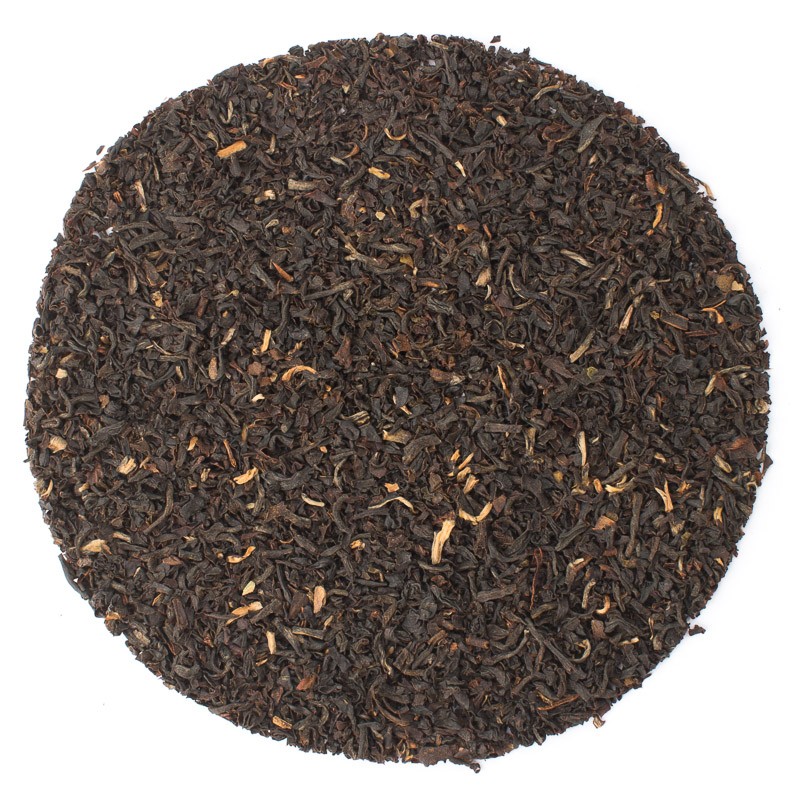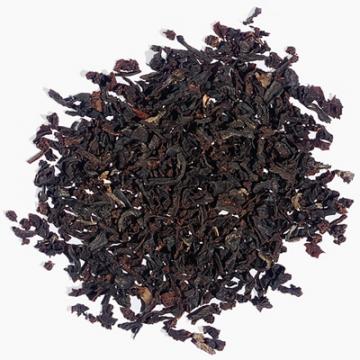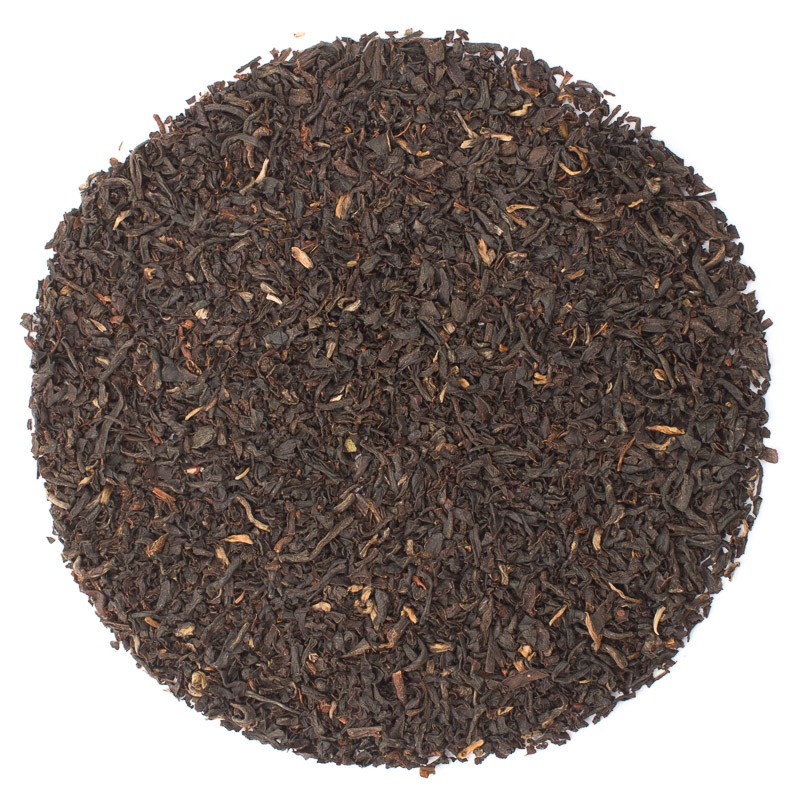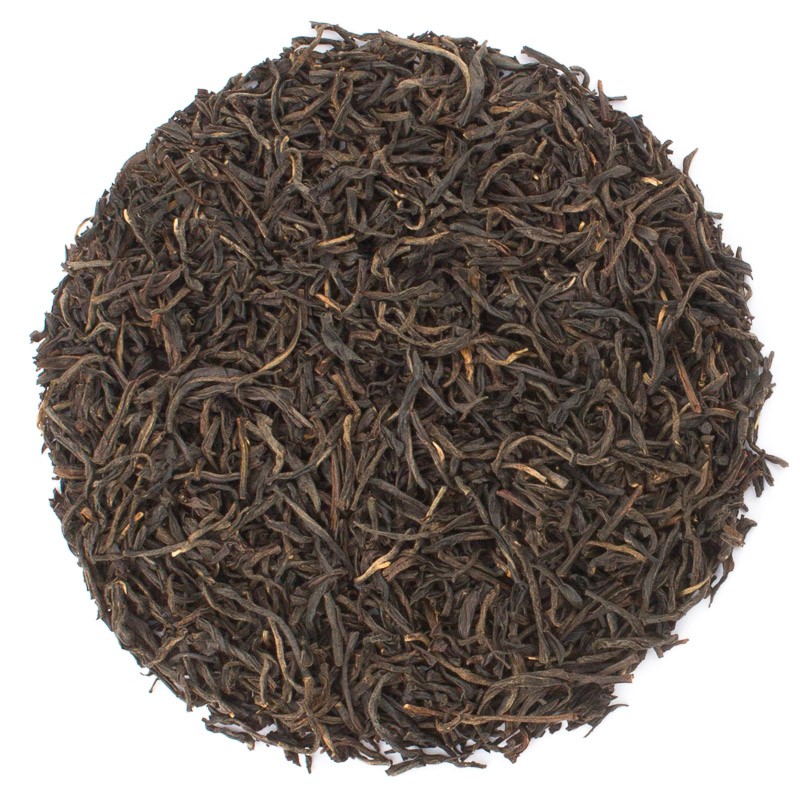We LOVE Assam Tea
Assam teas are our favourites for all-day drinking. Not only are they full of flavour, but they contain fewer tannins and are silky smooth with distinctive malty undertones. Great drunk black, but for those partial to a dash of milk or sugar, Assam is the ideal choice. About half of the tea produced in India is grown in the Assam region. It's probably the world's largest tea-growing area. It's where the classic 'breakfast' teas are usually harvested between June and August giving them a dynamic, spicy and malty character we know and love.
With around 660 tea gardens in Assam, it is the largest tea-growing area in India yielding around 60 to 75 per cent of the entire production. The tea grows at an altitude of 300 to 800m on both banks of the River Brahmaputra with its fertile forest soil and hot and humid, tropical climate. The region is situated in the north-eastern corner of India, bordering Bhutan to the northwest and Burma to the east. Assam is the birthplace of India's indigenous tea bush: Camellia Sinensis, var. assamica. This tea plant variety produces larger leaves than Camellia sinensis, var. sinensis (China bush) and thrives in this lush tropical region. During the harvest season, Assam's tropical weather brings seasonal rains and sweltering heat and high humidity, or periods of intense sunshine and high temperature of up to 35C creating greenhouse-like conditions. Fertile, low-lying land and the hot, wet climate combine to produce teas that are dark in colour, with a strong and distinctively malty flavour.
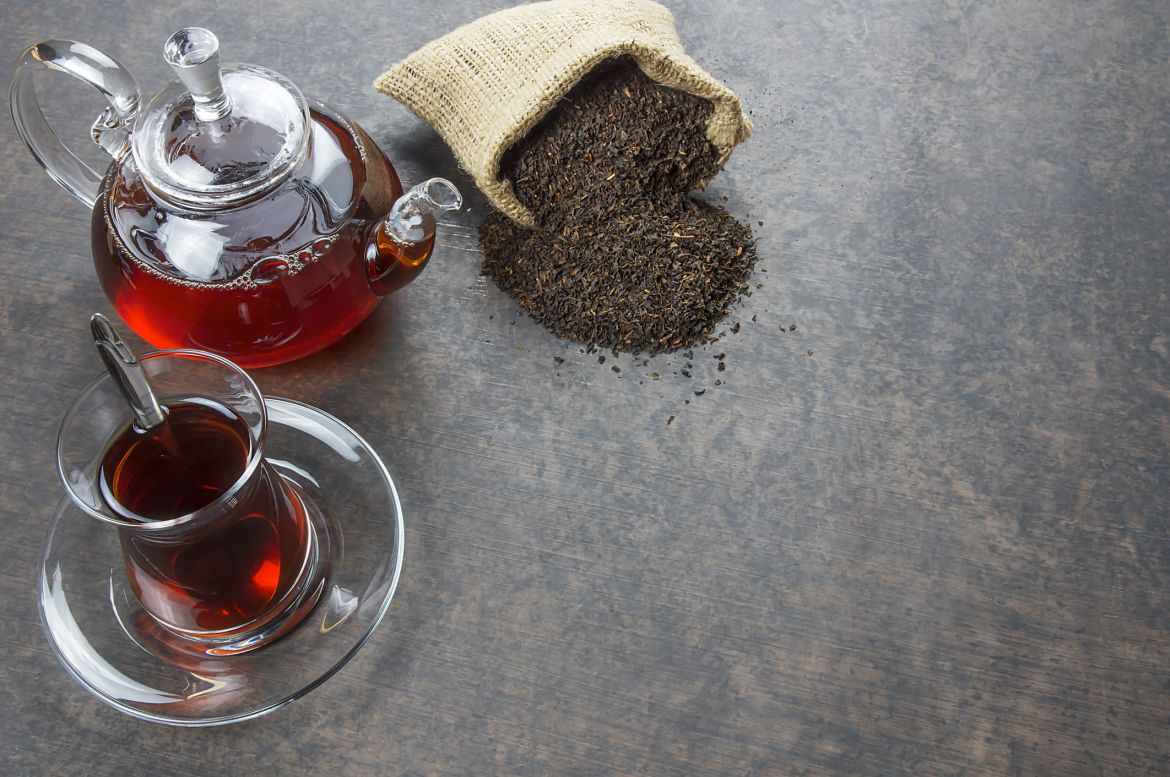
Harvesting and Production
The production of Assam tea is much the same as other black teas and follow a 5-step process:
Withering - The green tea leaves arrive at the factory up to 3 times a day. They will be placed and thinly spread on racks until the leaves lose their moisture and become limp.
Rolling - Once withered, the leaves will be moved on to the rolling machine that breaks the leaf cells to prepare them for oxidation.
Fermenting - Once the tea leaves have been rolled, they are left to ferment on trays. This is a vital step in the process and needs to be closely monitored as one wrong move can affect the quality and taste of the finished tea.
Drying - Once the leaves have oxidized the leaves are spread thinly across trays, and hot hair is blown over them with a machine, making sure all moisture has been removed.
Sorting: This is the last step in the production of Assam tea. The tea is fed through a machine on conveyor belts and over vibrating wire mesh trays. The tea is then packed carefully to preserve the flavour.
These steps are carried out to the highest degree of ability. Monitoring takes place during all stages to make sure that the quality of tea produces is as high as possible and meets the expectations of Assam tea lovers around the world!
History of Assam Tea
When the tea plant in Assam was discovered it enabled the British East India Company to establish tea trade. In the 1820s this company began large-scale production of tea in Assam. The first tea garden was established in 1840, and by 1850 the industry had rapidly grown. Assam tea was introduced by Robert Bruce, a Scottish adventurer who allegedly came across the plant growing wild in Assam. He was directed to where the local tribesman would be brewing the tea in 1823, his aim to get the leaves and have them scientifically examined. Dying before this could be accomplished, Robert Bruce's brother arranged for the examination in the 1930s. Once conducted, it was established that the plant was a variety of tea but was different from the Chinese version. Today, Assam is not only one of the most famous tea districts throughout the world, but it has also been the second largest producer of tea – only second to Southern China.
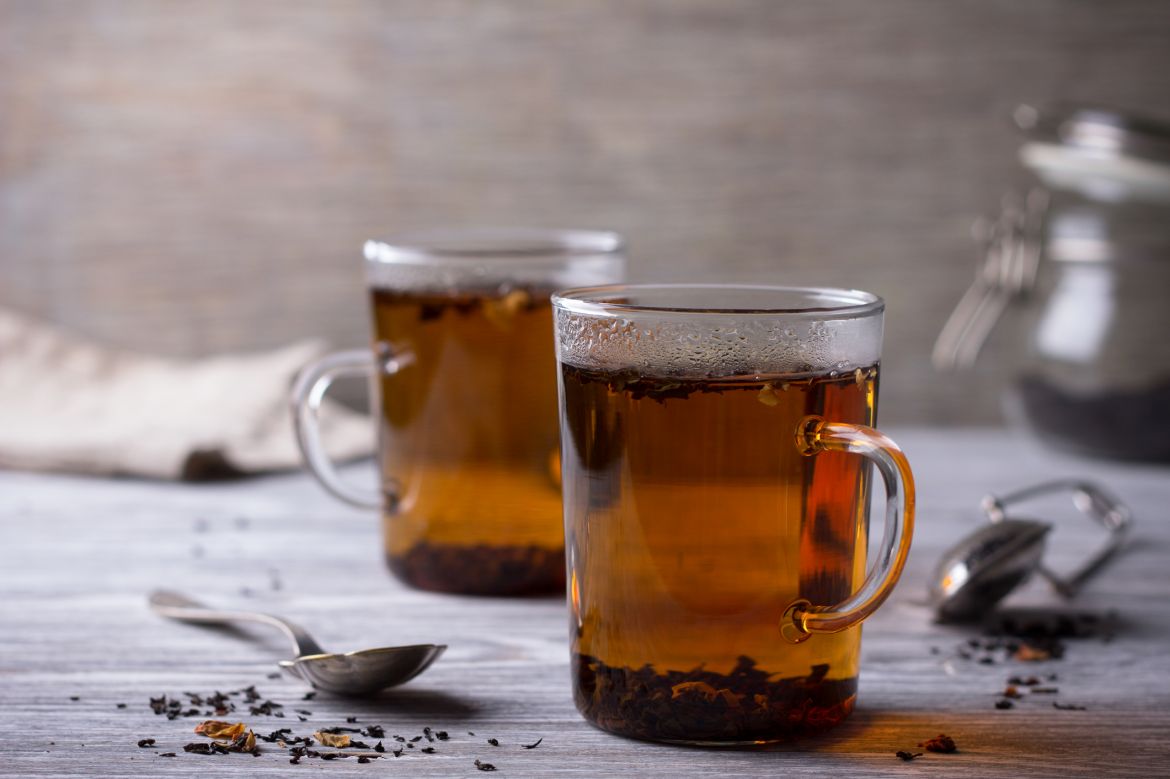
Our full range of Assam Teas can be found here - https://www.cupoftea.co.uk/buy-tea-online/buy-black-tea-online/buy-assam-tea-online/c22
We've picked the best of our Assam teas on offer this year. Distinctively malty and full-bodied, we wouldn't trade a good cup of Assam a day for anything!
Assam Bari - Our Tea of the Month
Our Assam Bari is a classic full-bodied Assam Tea from one of the best-known tea gardens in the heart of India. This tea is robust and malty with hints of spice that offer an extravagant, lively taste with many golden tips. Assam Bari is harvested in the summer and graded ‘GFBOP’. These classifications mean that this tea is ‘golden’, ‘flowery’ – offering fragrance and aroma, ‘orange’ - referring to the tracing back to Royal tea gardens, meaning exquisite or especially good and ‘pekoe’ - the fine thin hairs on the tea leaf’s edge. The cup is glossy and golden brown, but we also love this loose-leaf tea with a dash of milk and a sprinkling of sugar.
Our customers say: "An excellent black tea with a good depth of flavour. Just the thing to kick start my morning!"
https://www.cupoftea.co.uk/ronnefeldt-assam-bari-previously-mokalbarie/p62
Assam Golden Broken Tips – Loose-Leaf Tea
Our Assam Golden Broken Tips loose-leaf tea is perfect in the mornings. This expertly blended Assam tea is full of flavour, with malty notes and an elegantly spicy taste. We think that it's a delightful cup of tea, perfect with or without a dash of milk.
Our customers say: "A perfect Assam to start the day. Good body, malty, but with brightness too. It a no-nonsense tea that will leave you well satisfied!"
https://www.cupoftea.co.uk/ronnefeldt-assam-golden-broken-tips/p1362
Assam Garden Organic Loose -Leaf Tea
Our Assam Garden Tea is a characterful, strong and malty Assam from north-east India. Produced by experts, this tea comes from a tea garden that originally pioneered organic tea growing. Delicious for breakfast or all-day refreshment, we love it with a splash of milk and a slice of cake in the afternoons. Assam Golden is sold in 100g bags and 1kg plastic-free bulk bags.
We recommend storing in an airtight container as soon as possible to ensure quality and freshness.
Our customers say: "I love Assam tea, and this is a good quality tea, well packaged and at a good price."
https://www.cupoftea.co.uk/assam-garden-organic/p430
One of the best Assam black teas around, our Assam Melange is a good all-rounder with plenty of body to handle a dash of milk and a little brown sugar. A typically full-flavoured and malty blended Assam, it is produced to a traditional recipe.
Our customers say - "This is a very satisfying Assam tea. A good malty taste and enough body to take a dash of milk. As a good all-rounder, it can be used at breakfast, or any time of day and I recommend it to anyone looking for a reliable, honest, robust cup of tea."
https://www.cupoftea.co.uk/ronnefeldt-assam-golden-melange/p957
Assam Nahorhabi Loose-leaf Tea
A rare loose-leaf tea, Assam Nahorhabi is from one of the oldest tea gardens of India. The fine dark leaves with golden tips provide a soft yet highly aromatic Assam with hints of malt and caramel flavours.
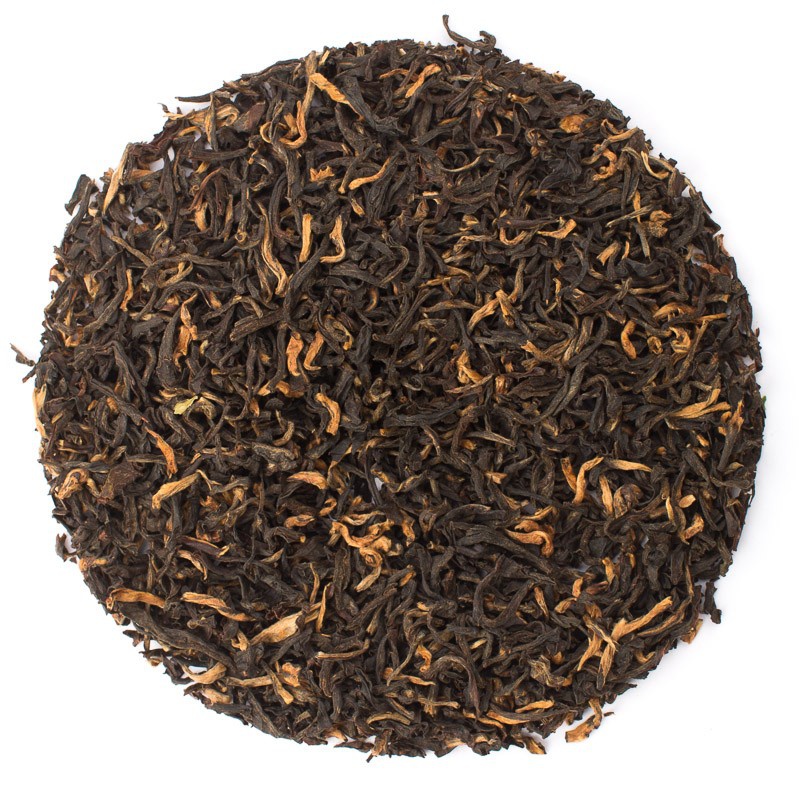
Our customers say: "This is a very good tea, golden brown coloured, round taste, delicious with honey."
https://www.cupoftea.co.uk/ronnefeldt-assam-nahorhabi/p1480
Assam Boisahabi Loose-Leaf Tea
A delight for every Assam lover, this First Flush tea is delicate and highly aromatic, slightly sweet and malty. A deep brown tea leaf with many golden tips created a wonderful aroma.
Our customers say: “Beautiful tea smooth and tasty and refreshing with no tannin dryness. Make a pot because one cup is not enough. Highly recommended."
https://www.cupoftea.co.uk/ronnefeldt-assam-boisahabi/p1576
How to Brew Assam Teas
For those in favour of a dash of milk or sugar, Assam tea is an ideal choice. Following a standard brewing process, you can also give this well-loved breakfast tea a try on its own!
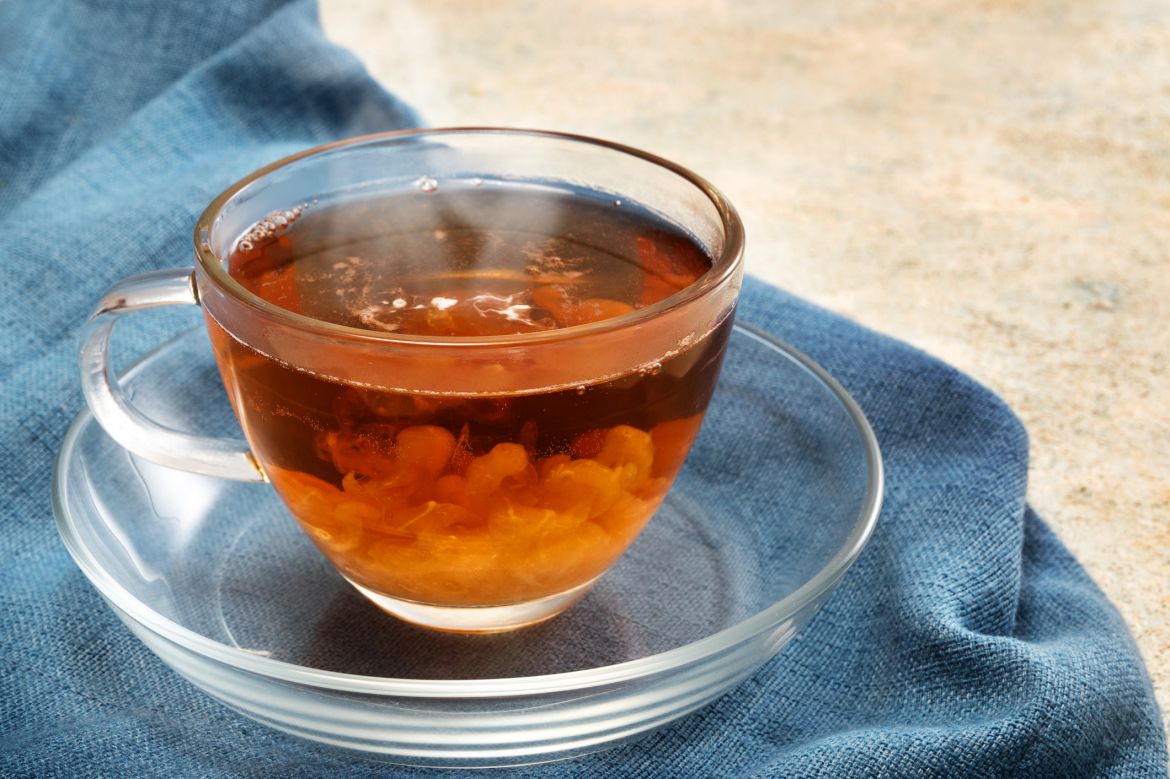
Brewing Assam Tea:
- Boil some fresh cold water
- Place the tea leaves in a tea strainer or filter basket
- Pour the hot water
- Steep the tea for the appropriate amount of time
- Strain the tea
- Sweeten the tea to taste, and/or add a dash of milk
- Sit back and enjoy!
Brewing Table
Ranging from 1 levelled teaspoon to 1 slightly heaped teaspoon
2-4 minutes
Ranging from deep dark to golden brown
NOTE: Please make sure to read the individual brewing instructions on each package of tea.
-
Posted by cup of tea admin
8th July 2020












 EARN POINTS WITH OUR LOYALTY SCHEME
EARN POINTS WITH OUR LOYALTY SCHEME